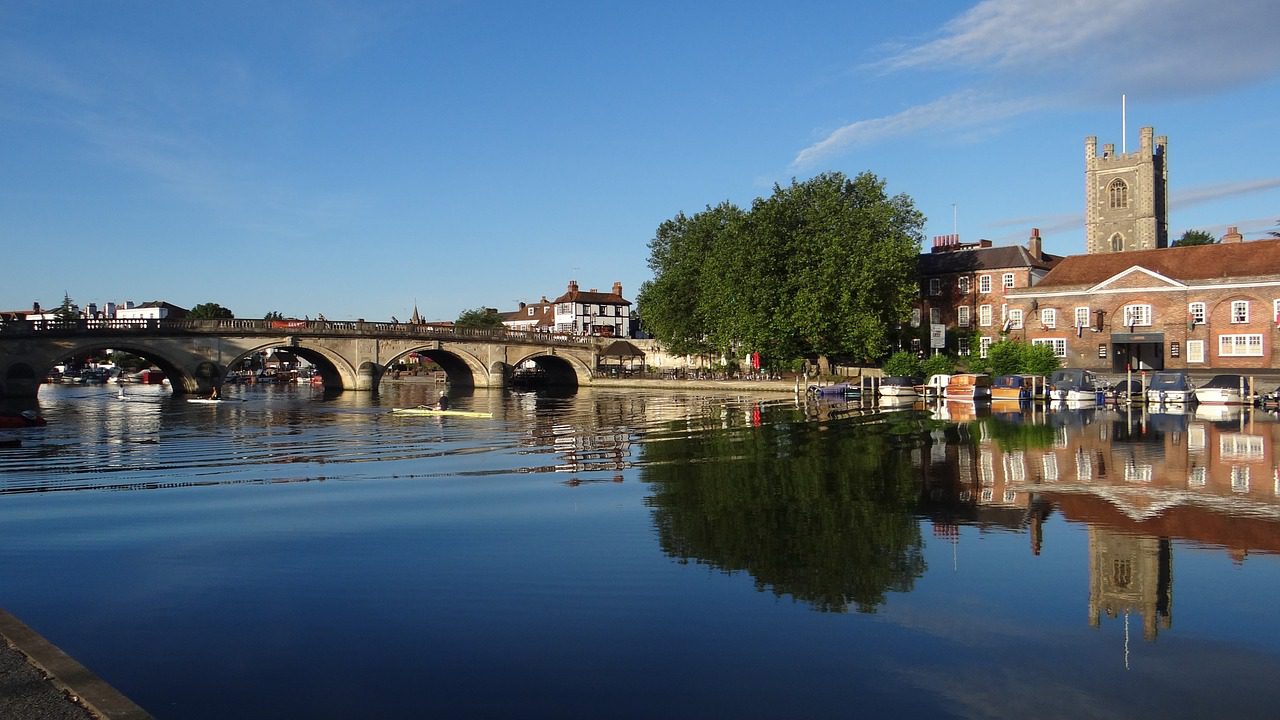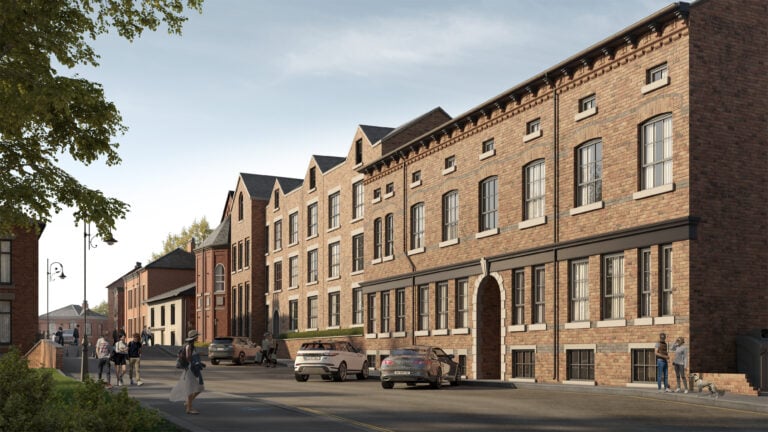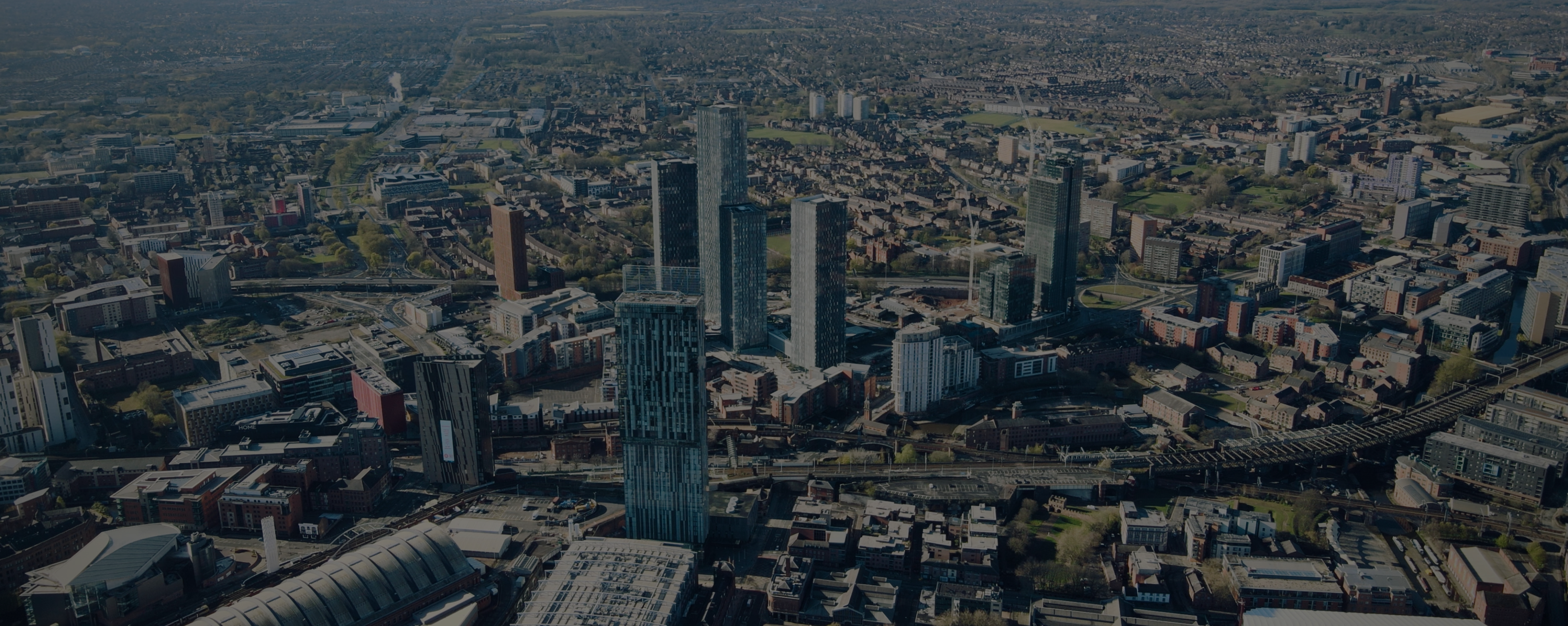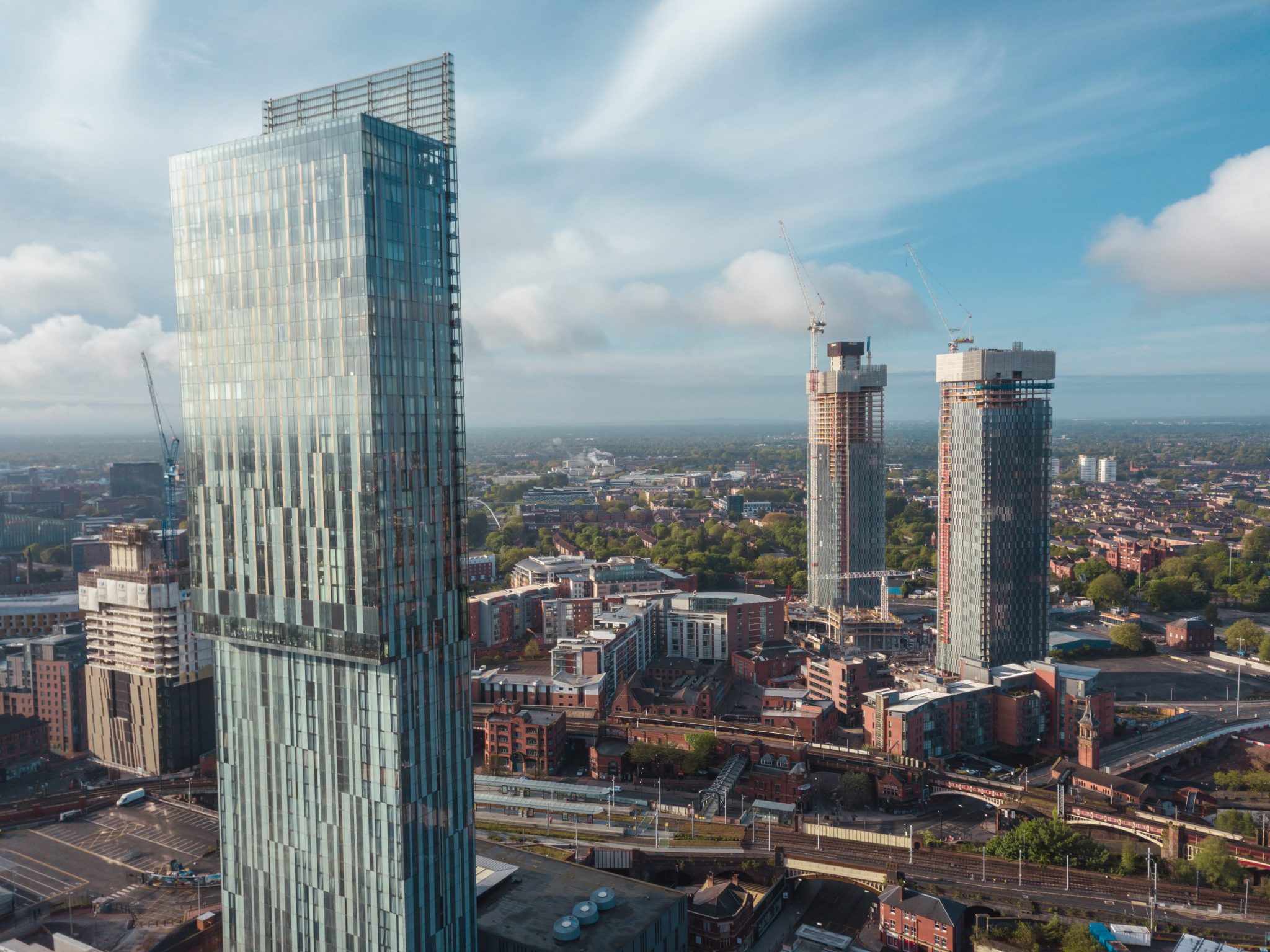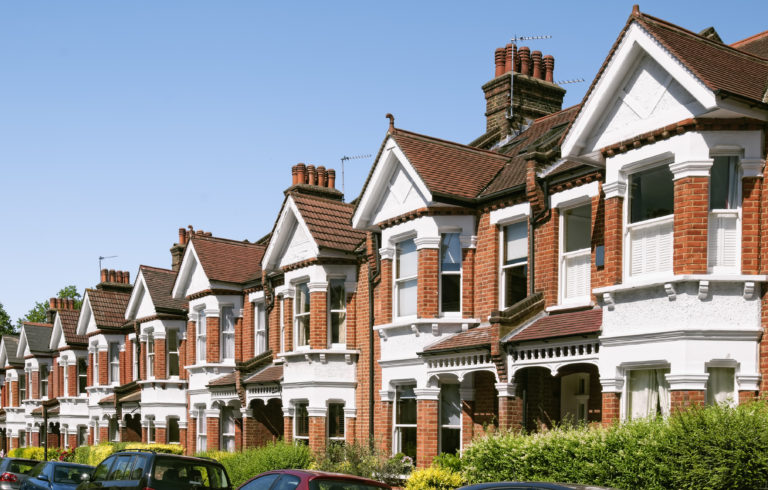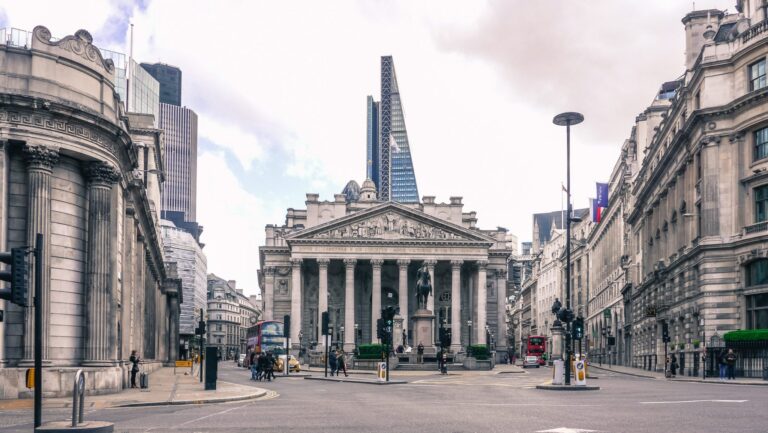If you want to live in a picturesque English market town, you can expect to pay an average of £280,690, which is 21% higher than it was five years ago.
The figures from Lloyds Bank show that buyers are forking out a premium of £30,788 compared to neighbouring areas, which is an average of 12% higher than other homes in the same county.
Topping the list was Beaconsfield, where the average house price is a massive £1,049,659, which is 161% more than the average for Buckinghamshire.
The south-east of England had the highest number of towns in the top 10 most expensive, with Henley on Thames in Oxfordshire at £831,452, Alresford in Hampshire at £541,529, and Cranbrook in Kent at £490,566.
In the north, the priciest market town is Altrincham in greater Manchester, where property prices are £431,295 on average.
Grab a bargain
Nor surprisingly, the most affordable market towns are in the north, with Ferryhill in Durham topping the list at just £78,184. There are four market towns in Durham that are in the top 10 cheapest in England.
The top 10 cheapest market towns in 2017 are:
- Ferryhill, Durham – £78,184
- Crook, Durham – £115,659
- Immingham, Lincolnshire – £115,769
- Stanhope, Durham – £142,535
- Saltburn, Durham – £144,717
- Tickhill, Derbyshire – £147,543
- Guisborough, North Yorkshire – £151,309
- Marsden, West Yorkshire – £154,830
- Boston, Lincolnshire – £161,538
- Cartmel, Cumbria – £165,335
Market towns attract more buyers due to the quality of life typically on offer, with rural charm combined with local amenities and transport links. Their historic nature means there are often a shortage of new-build developments on offer, pushing the prices up due to lack of supply.
Many market towns often appear in the annual lists of the happiest places to live in the UK – last month the top 10 included Epsom and King’s Lynn, both popular market towns.
